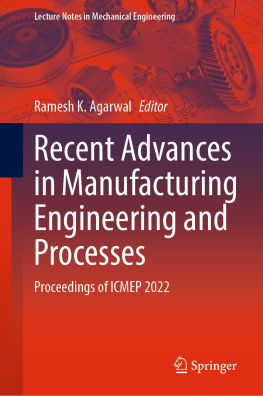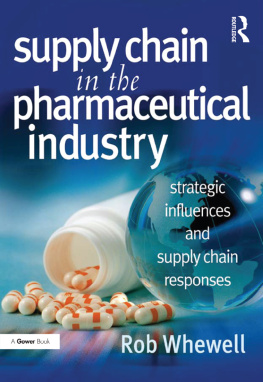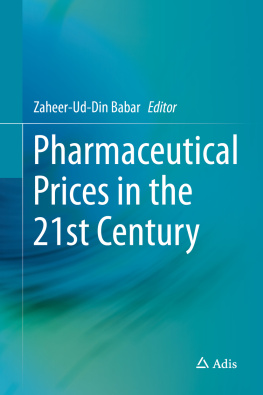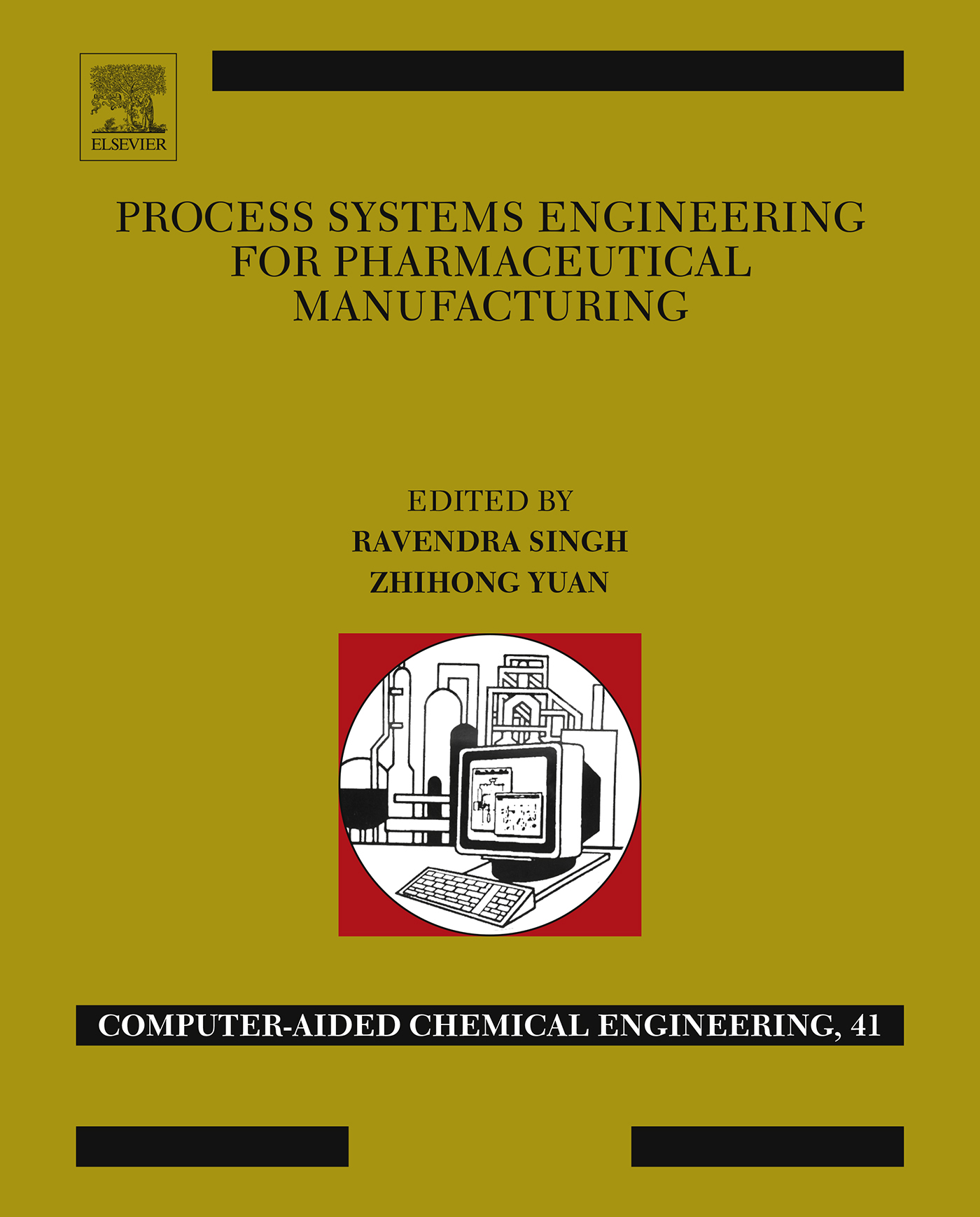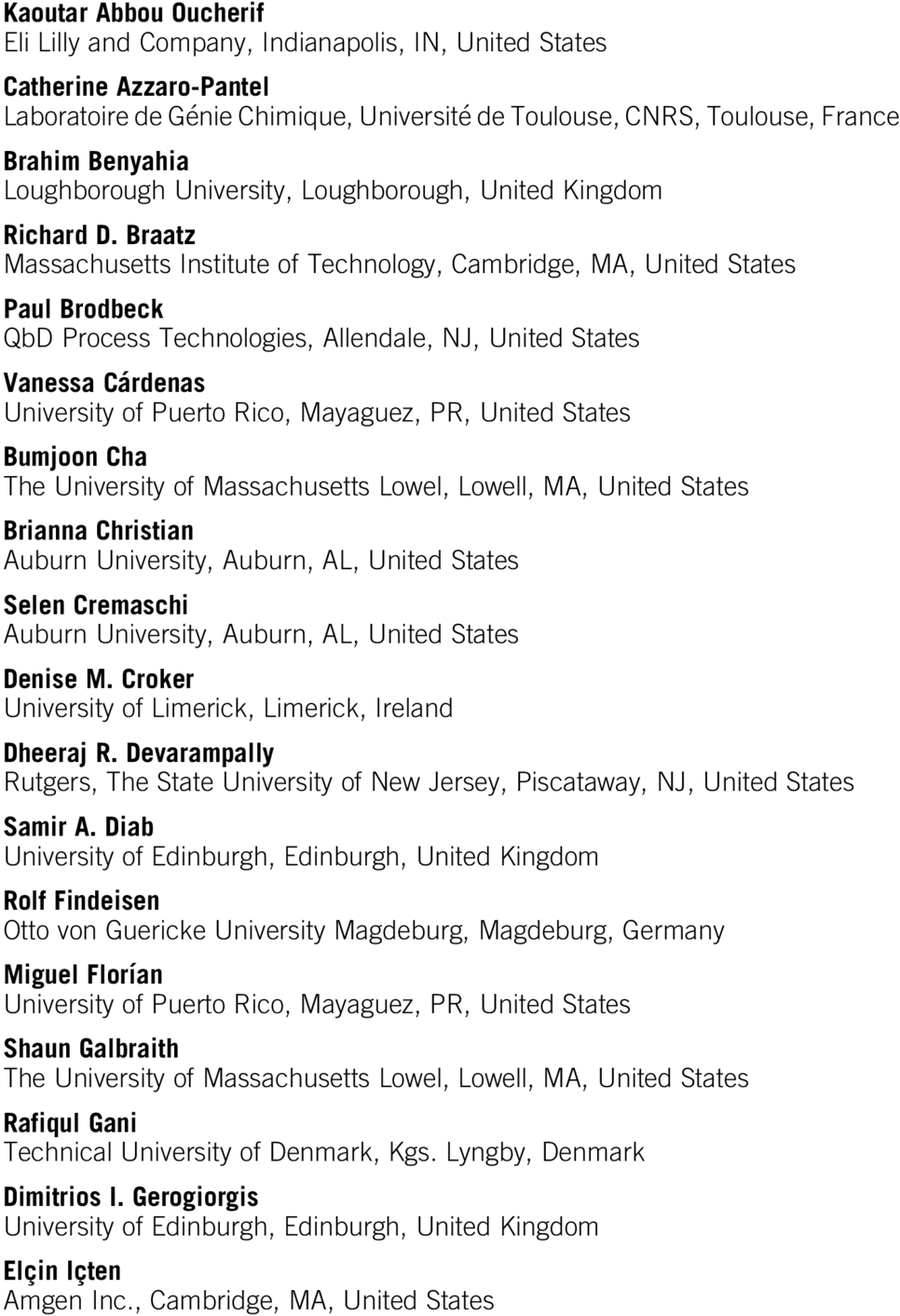Copyright
Contributors
Preface
Ravendra Singh, Rutgers, The State University of New Jersey, Piscataway, NJ, United States of America
The pharmaceutical industry is a global business sector with more than $1 trillion annual sales focusing on performance-based products designed to address the health care needs of the world's population. Currently, the pharmaceutical industry is experiencing a number of significant changes in its business and regulatory environments. Especially, the pharmaceutical industry is under pressure to modernize its manufacturing process and to deliver its end products with minimum time, space, cost, and resources while guaranteeing desirable quality of the products. The pharmaceutical companies are therefore going through a paradigm shift from traditional manufacturing mode to modernized mode built on cutting-edge technology and computer-aided methods and tools. Apparently, such shift can benefit tremendously from the application of methods and tools of process systems engineering (PSE). Therefore, systematic process and system engineering methods and tools are needed that can solve the problems related to pharmaceutical industry more efficiently.
This book elucidates how the PSE methods and tools help and promote the discovery, development, deployment of pharmaceutical products, and the relevant manufacturing processes. The state-of-the-art computer-aided methods and tools in PSE field have been described in different chapters that will help to modernize the pharmaceutical industry and can solve its problems more efficiently. The four interesting areas where PSE methods and tools can significantly contribute have been included. These areas are pharmaceutical product and process synthesis and design; pharmaceutical production process modeling, simulation, analysis, and optimization; pharmaceutical production process dynamics, control, monitoring, and operations; and enterprise-wide optimization and supply chain management for pharmaceutical-manufacturing processes.
Continuous manufacturing (CM) is evolving as a preferred platform for pharmaceutical products. One advantage of CM among others is that the product quality can be controlled in real time and thereby it opens the possibilities of achieving Quality by Design (QbD), Quality by Control (QbC), and real-time release (RTR) paradigms. The different types of continuous pharmaceutical manufacturing processes such as powder to tablet, drop on demand, and end-to-end continuous pharmaceutical manufacturing processes have been included. The application of PSE for continuous pharmaceutical manufacturing such as modeling, optimization, automation, sensing, and control has been systematically illustrated.
This book includes 24 chapters. The first chapter describes the new product development and supply chains in the pharmaceutical industry. The development of a pharmaceutical oral solid-dosage form has been described in .
.
Crystallization process monitoring and control using process analytical technology has been described in reviews the process dynamics and control of API manufacturing and purification processes.
PAT for pharmaceutical manufacturing process involving solid dosages forms is described in .
.
These chapters systematically introduce the use of PSE methods and tools for discovering, developing, deploying greener, safer, cost-effective, and efficient pharmaceutical production processes. A wide spectrum of case studies has been described where different PSE tools and methods have been used to improve various pharmaceutical production processes with distinct final products. This book will promote the applications of process system engineering for pharmaceutical manufacturing and will serve as a foundation for future research and development of this area.
Chapter 1
New Product Development and Supply Chains in the Pharmaceutical Industry
Catherine Azzaro-Pantel Laboratoire de Gnie Chimique, Universit de Toulouse, CNRS, Toulouse, France
Abstract
The concept of chemical supply chain has received increased attention in the process systems engineering community in the last decade. This chapter discusses the methods, tools, and applications, which are relevant to the pharmaceutical industry. Among the various supply chains that have been studied, pharmaceutical supply chains turn out to be very complex, due to several factors such as long development timelines, high attrition rates in drug development, resource-intensive operations, involvement of multiple stakeholders, among others. A fundamental challenge in managing a pharmaceutical company is identifying the optimal allocation of finite resources across the infinite constellation of available investment opportunities. Specific attention is given here to the modeling and optimization of three key phases in the life cycle of an innovative drug product, namely, product development pipeline management, capacity planning, and supply chain management. The state of the art in these domains is reviewed, some challenges are identified, and opportunities for further research effort are highlighted.
Keywords
Modeling; Optimization; Supply chain; New product development; Capacity production
1 Introduction
The dynamics of innovation of a company can be assessed through the life cycle of its products. Classically, the life cycle of a product includes the phases of development, launch, growth, maturity, and ends with a stage of decline. The typical features of these stages depend on the scope of application in which the company is competing. Whatever the domain, the steps are carried out by a number of functional groups within the company, including R&D, manufacturing and distribution networks, in compliance with environmental, safety, and environmental standards as well as the quality of products developed. In that context, a supply chain has a pivotal role including all the organizational, operational, and value-adding activities needed to manufacture products from development to the marketplace and get them to the customer. So, a pharmaceutical supply chain covers every activity from new product development (NPD) through to delivery to the hospital, retail pharmacy, or patient.
The choices of these entities are guided, among others, by strategic decisions involving the allocation of capital expenditures, economic profitability, marketing strategies, product and technology portfolio management, supply chain design decisions, including the manufacturing and structure of the distribution network as well as the selection of strategic partners. The complexity of this environment stems from the multiple stakeholders and strategic decisions must involve multiple functional units and integrate the tactical and operational levels of the entire product portfolio. In the pharmaceutical context, the problem is made difficult by the presence of several key stakeholders, such as drug manufacturers, wholesale distributors, retail pharmacies, hospitals, managed care organizations, and insurance companies.


